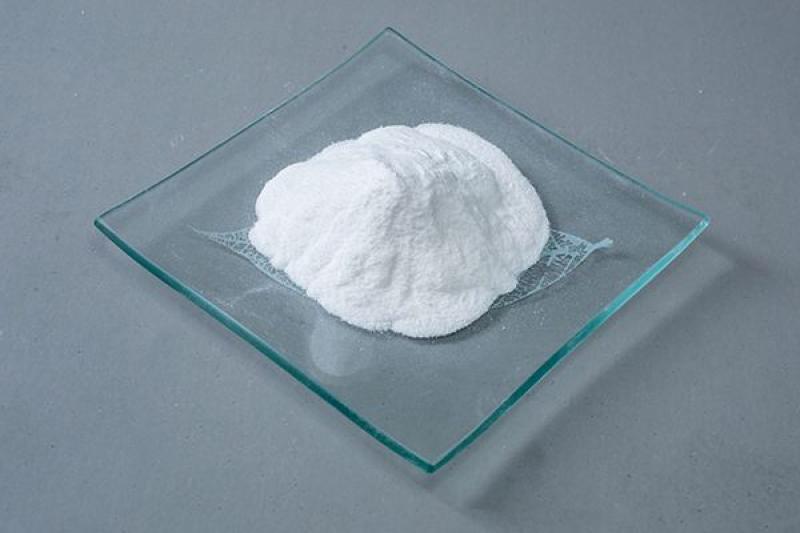Xylo oligosaccharides (XOS) have gained substantial attention in the health and nutrition sectors due to their unique prebiotic properties and wide-ranging benefits for human health. Derived from plant-based hemicellulose, primarily xylan found in agricultural residues and hardwoods, these oligosaccharides are short chains of xylose sugars that support the growth of beneficial gut bacteria. With increasing consumer interest in gut health and natural dietary supplements, XOS are becoming a popular ingredient in functional foods and dietary formulations worldwide. This article delves into the science behind xylo oligosaccharides, their applications, and commercial potential based on detailed market insights.
Understanding the Biological Functions of Xylo Oligosaccharides in the Human Gut
Xylo Oligosaccharides are classified as prebiotics because they selectively stimulate the growth of advantageous gut microbiota, including bifidobacteria and lactobacilli. Unlike other sugars that are digested in the upper gastrointestinal tract, XOS resist enzymatic digestion and reach the colon intact. There, they serve as fermentable substrates for beneficial bacteria, which produce short-chain fatty acids (SCFAs) like butyrate, propionate, and acetate. These SCFAs enhance intestinal barrier function, regulate immune responses, and reduce inflammation, contributing to improved digestive health and overall wellbeing.
In addition to gut modulation, scientific studies suggest that regular intake of XOS may improve calcium absorption, which is crucial for bone health. Their impact on lipid metabolism has shown potential to reduce cholesterol levels, supporting cardiovascular health. Among the functional food ingredients, xylo oligosaccharides uniquely combine dietary fiber benefits with the selective growth of probiotic strains, making them highly desirable in nutrition science for supporting metabolic and digestive functions.
Navigating Through Comprehensive Market Intelligence on Xylo Oligosaccharides Industry Trends and Forecasts
For stakeholders interested in the commercial prospects of xylo oligosaccharides, detailed industry and market research reports provide vital information on production technologies, supply chain dynamics, competitive landscapes, and regional demand analysis. These in-depth analytical reports focus on market segmentation by application, source material, and geographic distribution, reflecting current trends and future growth opportunities.
Recent market research highlights increasing demand for natural prebiotics in food, pharmaceuticals, and nutraceutical sectors, driving investments in innovative extraction and purification technologies for XOS production. Asia Pacific and North America emerge as key markets due to rising health awareness and consumer inclination towards functional foods. Detailed examination of manufacturers, import-export statistics, and pricing strategies allows businesses to identify potential entry points and strategic initiatives for capitalizing on the growing XOS market.
By consulting specialized market insights, industry players gain competitive advantage through understanding supply-demand gaps, regulatory landscape, and evolving customer preferences, which are critical for aligning product development and marketing strategies in the evolving xylo oligosaccharides marketplace.
Commercial Applications of Xylo Oligosaccharides in Food and Pharmaceutical Formulations
Beyond their health benefits, xylo oligosaccharides have found applications across various commercial segments. In food and beverage industries, XOS are increasingly incorporated as functional ingredients in yogurts, dietary supplements, bakery products, and infant formulas to enhance nutritional profiles while promoting gut health. Their natural sweetness and low caloric content make them suitable alternatives to artificial sweeteners or conventional fibers, appealing to health-conscious consumers.
Pharmaceutical and nutraceutical companies utilize XOS in formulations targeting gastrointestinal disorders, immune modulation, and metabolic health improvements. The compatibility of xylo oligosaccharides with probiotic strains enhances their efficacy in synbiotic formulations, heightening their commercial value. Furthermore, advancements in encapsulation and delivery methods are improving the stability and bioavailability of XOS in various product formats.
Industrial-scale production techniques involving enzymatic hydrolysis and acid treatment optimized for higher purity and yield continue to improve accessibility and cost-effectiveness, boosting market penetration. The rising preference for plant-derived, clean-label ingredients further propels the integration of xylo oligosaccharides in diverse product lines catering to wellness-focused consumers globally.
Supply Chain Dynamics and Quality Parameters Defining the Xylo Oligosaccharides Market Landscape
The global supply chain for xylo oligosaccharides involves multifaceted logistics from raw material sourcing—mainly agricultural by-products like corn cobs, sugarcane bagasse, and hardwood residues—to extraction, purification, packaging, and distribution. Maintaining consistent quality of XOS is paramount, as parameters such as degree of polymerization, purity, and moisture content directly influence prebiotic efficacy and safety.
Quality control protocols adhere to internationally accepted food safety standards and regulatory frameworks to ensure product integrity. Moreover, sustainability considerations are slowly integrating into the supply chain with increasing interest in valorization of agricultural waste and eco-friendly production methods, aligning with global trends toward green chemistry and circular economy principles.
Distribution networks in key regions involve partnerships between manufacturers, ingredient formulators, and end-user industries. Transparent traceability and certification are becoming important to meet consumer expectations and comply with stringent market regulations. These supply chain insights illuminate the factors shaping the competitiveness and growth trajectory of the xylo oligosaccharides sector.
Future Prospects and Innovation Frontiers in Xylo Oligosaccharides Research and Development
The future of xylo oligosaccharides rests on technological innovations expanding their functional potential and exploring novel applications. Current research emphasizes optimizing fermentation techniques to enhance yield while minimizing production costs. There is ongoing interest in broadening the scope of XOS use beyond digestive health toward cognitive functions, skin health, and metabolic syndrome management.
Furthermore, exploration of synergistic effects with probiotics and dietary phytochemicals opens avenues for next-generation functional products. With personalized nutrition gaining momentum, tailored prebiotic formulations incorporating XOS could redefine dietary interventions. Emerging analytical tools and biotechnology advancements are expected to facilitate the discovery of new bioactivities and improve product standardization.
Enhanced collaborations between academic institutions, industry players, and regulatory bodies will be instrumental in addressing knowledge gaps and facilitating market uptake. The expanding body of clinical evidence supporting xylo oligosaccharides underscores their role as a pivotal ingredient in future health and wellness innovations.
Get this Report in Japanese Language: キシロオリゴ糖
Get this Report in Korean Language: 자일로올리고당
Read More Articles Related to this Industry
Top BioControl Agent Companies and Their Strategies for Market Expansion
About Author:
Money Singh is a seasoned content writer with over four years of experience in the market research sector. Her expertise spans various industries, including food and beverages, biotechnology, chemical and materials, defense and aerospace, consumer goods, etc. (https://www.linkedin.com/in/money-singh-590844163)
